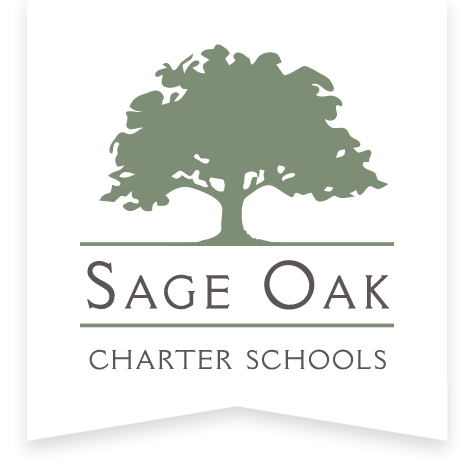The Sage Oak Blog: Sage Oak Staff Complete The Third Option Program Diversity Initiative
In the 2022-23 school year, Sage Oak proudly launched The Third Option Program in an effort to amplify the voices of our whole staff while finding unity in our common humanity. This schoolwide diversity and inclusion initiative directly aligns with our school’s core value of maintaining a growth mindset. Through this core value, we as a school dedicate ourselves to focusing on working hard, learning continuously, and pushing ourselves to reach new heights.
Sage Oak staff benefitted from in-person and virtual discussions that were carefully crafted to create and maintain inclusive environments so that we, as a school, could also make a greater impact on our colleagues, our students, and the community. To align with our theme for the school year, we intended to positively influence our students, through the lessons we’re learning in this program.
What Is The Third Option Program? The Third Option provided effective language on how to approach difficult conversations and deal with combatting racism.

How Did Sage Oak Implement this Program?
Sage Oak dedicated five trained facilitators to coordinate and lead team discussions from August 2022 through March 2023. All staff members paired up with a partner who served as their accountability partner throughout the journey. With their accountability partner, they’d complete offline activities. Each session focused on new topics that lead us along a meaningful journey both virtually and in person.
Session One: Similarity, Racism & Honor
Our first session kicked off during our in-person all-staff summit where we were joined by Miles McPherson, creator of the Third Option. Following his overview of the program, this session focused on highlighting our similarities rather than our differences, acknowledging that racism devalues the humanity in another person, and how honor places value on our similarities. We participated in open discussions, completed activities that helped eliminate the “us vs. them” perspective, and sought out positive ways to see the humanity in others.
Session Two: In-Groups and Out-Groups
During this session, staff completed offline activities that included discussing how each one of us is part of multiple groups based on our interests and backgrounds. Together everyone learned the difference between in-groups (those “like you”) and out-groups (those “not like you”). We also gathered a foundational understanding of the biases we possess toward each group and discussed how to convert those of your out-group to your in-group.
Session Three: Blind Spots
As session three rolled around, conversations took a deeper dive as staff began to let down their barriers. During our meeting, we provided examples of various blind spots and examined them together by watching clips from popular movies and TV shows. Afterward, everyone was given a chance to discuss what blind spots they believed were demonstrated in the clip. This activity provided an opportunity to understand our own blind spots, understand how we develop blind spots, and determine how we can minimize our blind spots.
Session Four: Labels
In this session, our staff learned how labels work, what the labels we use say about us, and
how to adjust the labels we use. Teachers were able to relate and share how the labels we use impact our students and discuss how when we place generalizations on people or groups, we keep ourselves from truly understanding who they are and where they came from. Our discussions encouraged us all to restore humanizing labels so that we can embrace the humanity of others and grow in our ability to love them.
Session Five: Be An Accountability Partner
Session five helped everyone to understand what an accountability partner is, learn how to be an accountability partner, and learn who we are supposed to keep accountable. Staff collaborated to complete Jamboards that focused on three different confrontational scenarios. In conclusion, everyone learned how hard conversations can keep us on track in our journey to honor others, identifying blind spots in ourselves and others leads to growth, and serving as an accountability partner can lead to forming stronger relationships.
Session Six: Race Consultations
There was much to celebrate in our sixth and final session as this was the conclusion of our journey together. This session included a recap of our journey and allowed everyone to open up about the benefits of our time together which aligned with session six’s desired outcomes of allowing others to self-disclose who they really are and have hard conversations about life.
Next Steps
While our journey with The Third Option is concluded, Sage Oak will continue our diversity and inclusion initiative through our recently announced book club! Our staff has been given the option to join us as we read the book Blind Spot by Mahzarin R. R. Banaji and Anthony G. Greenwald. In this book, psychologists explore the hidden biases we all carry from a lifetime of exposure to cultural attitudes about age, gender, race, ethnicity, religion, social class, sexuality, disability status, and nationality. We are excited to continue our efforts that we know positively impact our students.
